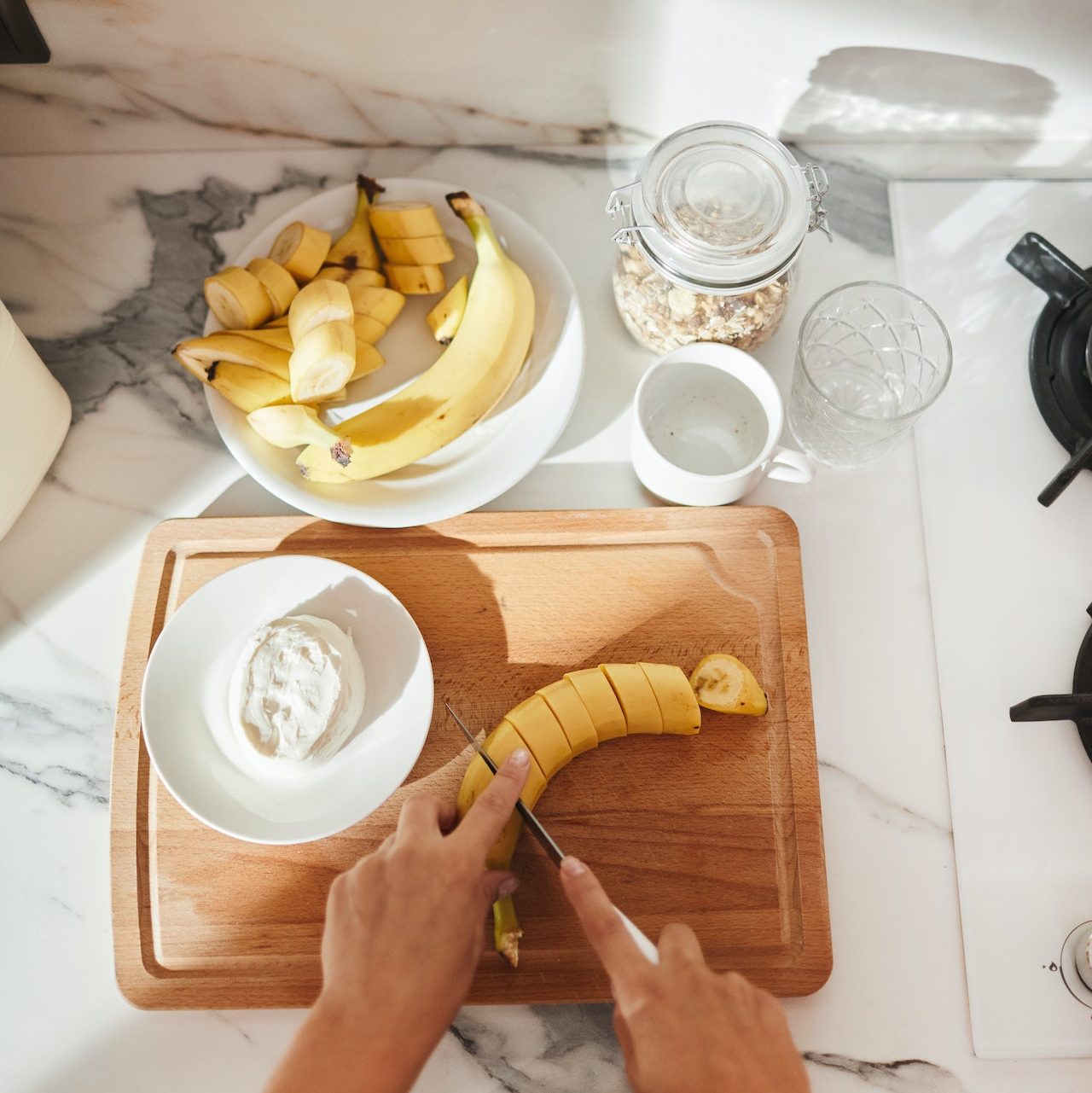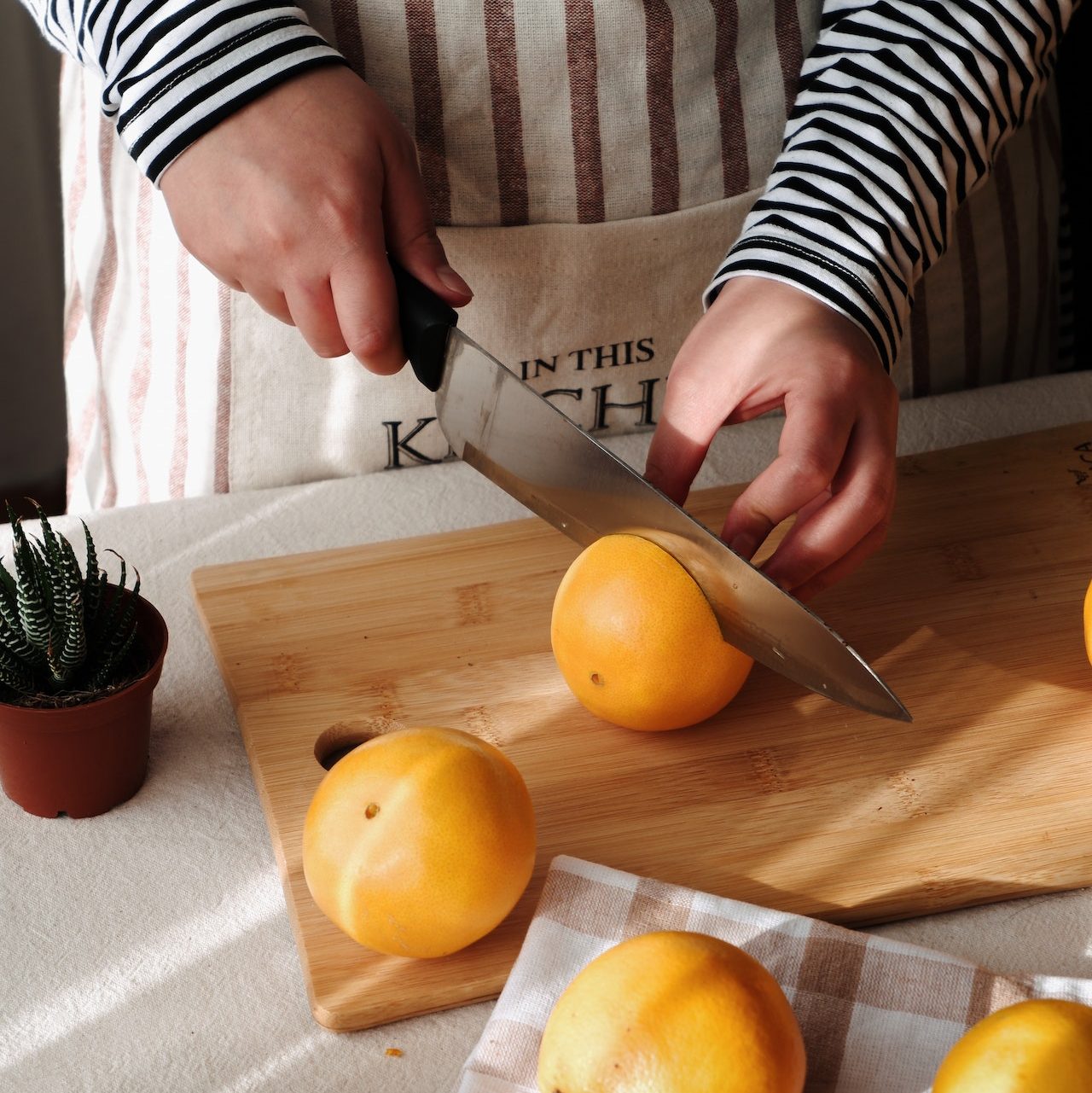Knife Skills – Mastering the Basics
The foundation of every great cook lies in their knife skills. In this post, we’ll delve into the world of knife techniques, equipping you with the essential knowledge and skills to handle a knife like a pro. Whether you’re dicing onions, julienning vegetables, or slicing meats, mastering these basic knife skills will elevate your cooking game and make your time in the kitchen more efficient and enjoyable.

The Grip: Start by holding the knife properly. Grip the handle firmly with your dominant hand, wrapping your fingers around it. Place your thumb against the side of the blade, ensuring your grip is secure and comfortable.
The Rocking Motion: For most chopping and slicing tasks, utilize the rocking motion. Position the tip of the knife on the cutting board, and while keeping your hand steady, use a gentle up and down rocking motion to guide the knife through the ingredient. This motion allows for better control and precision.
The Chiffonade: The chiffonade technique is perfect for slicing leafy greens, such as basil or spinach. Stack the leaves on top of each other, roll them tightly, and slice crosswise into thin ribbons. This technique creates beautiful, delicate strips of greens that can be used as a garnish or incorporated into salads or pasta dishes.

The Julienne: The julienne technique produces uniform, thin matchstick-like strips of vegetables. Start by cutting the vegetable into flat, rectangular slices. Stack the slices together and cut them lengthwise into thin strips. The result is a precise and visually appealing cut, ideal for stir-fries, salads, or as a topping for soups.
The Brunoise: The brunoise technique yields tiny, uniform cubes and is commonly used for ingredients like onions, carrots, or bell peppers. Begin by finely dicing the ingredient into small squares. Gather the squares together and make even lengthwise and crosswise cuts, creating tiny cubes with precise dimensions. This technique is excellent for adding texture and flavor to sauces, soups, and dressings.

Remember, practice makes perfect when it comes to knife skills. Take your time, focus on proper technique, and always prioritize safety. With practice, you’ll soon become a master of the blade, effortlessly slicing and dicing your way to culinary greatness.